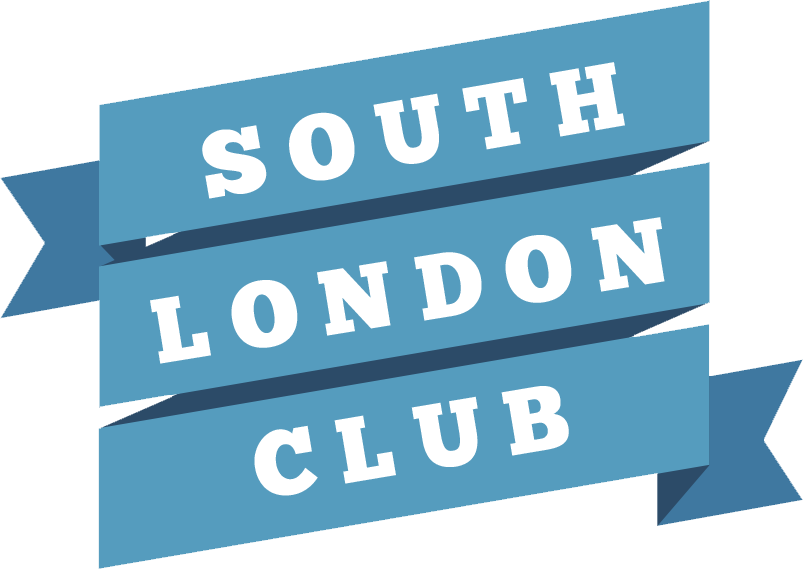Brief History of Borough Market
Situated right next to Southwark Cathedral, Borough Market, in one form or another, has sat at the southern end of London Bridge for a very, very, very long time. It was there before a certain Norman chap with a penchant for conquering called Will turned up on Great Britain’s shores and it has seen several versions of the London Bridge come and go. Despite a brief demise in the 1700s, it has seen London cross the Thames, consume Southwark, and spread further and further south, and will likely do so for many years to come. Borough Market is, regardless of its long history, a special place. The atmosphere, the location, the people – it’s no surprise it’s such a hotspot for tourists. It is quite easy to forget that Borough Market is essentially a farmer’s market and would be a likely recipient of the ‘Most Improved Farmer’s Market Award 1014-2017’ if that award were actually given out. As such, we at South London Club think it is essential that we provide you with a brief history of the most famous and prestigious market in South London – Borough Market.
Back in 2014 Borough Market celebrated its millennial anniversary, the first recorrded reference of the market dating from 1014. That’s 1,000 years! Real staying power. It’s 82 years older than Oxford University, 503 years older than Protestantism and 762 years older than the United States of America (to be fair, a lot of London is older than the United States of America). During this time the market has grown at quite a remarkable rate, largely because of its proximity to what was, for a long time, the only route across the Thames into the capital – London Bridge. Being in the middle of the street however, it naturally caused quite a bit of congestion. Despite the apparent nuisance, it would take until 1550 for Edward VI to grant a charter that granted market rights to the Lord Mayor and citizens of the City, which meant they were finally able to regulate and manage both the market and the space it occupied. In 1671, Charles II fixed the limits as extending from the southern end of London Bridge to St Margaret’s Hill (near the current site of Guy’s Hospital).
(Borough Market top right)
However, as the population of London grew, so did Borough Market and by 1754 this rather enormous farmer’s market had becomes so unmanageable that the City Corporation petitioned Parliament to relieve them of the responsibility of its running. Two years later, the Borough Market Act of 1756 was passed, which both abolished the ancient market and gave the parish of St Saviour’s Southwark (Southwark Cathedral) the right to create a new market at a new site. Yeah, that’s right, Borough Market was such a big deal that it needed an act of parliament to shut it down – and you thought the police turning up to your house party was a big deal. £6,000 (approximately £1,254,000 today) was raised by residents of Southwark, and land known as the Triangle was purchased, which remains the centre of the market today.
With a new lease of life, Borough Market could begin to grow again, but it was not until the 19th century, and the arrival of the railway in South London that the market truly began to boom again. Borough Market is now so associated with railway viaducts that it is curious to think of it without them, but it was only in 1862 that South Eastern Railway constructed the first viaduct right through the middle of the market. Though this viaduct and the others built in the years after brought with them dirt and pollution, they made the market more accessible. At the end of the 19th century it was described thus:-
““Southward is the Borough Market for vegetables, which covers a considerable amount of ground between Stoney and Bedale Streets and the old Fowl Lane. It is very noisy from the constant roar of trains on the viaducts above […] The surroundings are very dirty; and the space for stalls being limited, not only are the railway arches utilised, but the dealers have spread out into Three Crown Square, Counter, and even Southwark Street.””
Though the growth of supermarkets saw the practical need for Borough Market diminish, in the 1990s it came roaring back as the country became more interested in artisanal foods. Traders from across the globe now come to sell their produce at Borough Market, and people from all across the globe now come to purchase the produce at Borough Market. From a chaotic mess of people at the southern edge of London Bridge for those from south of the river to buy and sell produce, it has become a global farmer’s market that now sells all manner of goods to all manner of people. As the response to the tragic events at the beginning of this month show, Borough Market is more than a just a market, and not is it a symbol of the tight-knit communities dotted all over London, but a symbol of the larger multilingual, multi-ethnic, and multicultural society of London.




